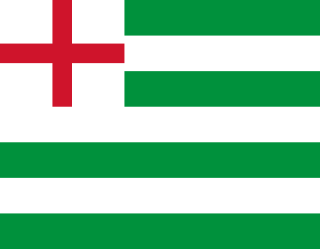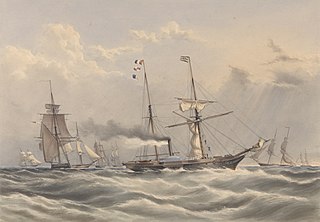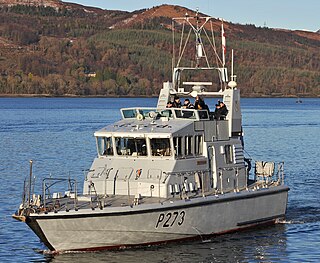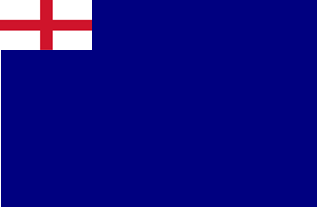 W
WThe Black Sea and Caspian Squadron also known as the Black Sea and Marmora Force and the Black Sea and Marmora Division was naval formation of the British Mediterranean Fleet from 1918 to 1919.
 W
WThe British Adriatic Squadron, or simply the Adriatic Squadron and later known as the British Adriatic Force, was a military formation of the Mediterranean Fleet during World War I based at Taranto from 1915–19.
 W
WThe Eastern Mediterranean Squadron and later known as the British Aegean Squadron was a sub- command of the Mediterranean Fleet based at Mudros from 1914 to 1916 then alternating between Mudros and Salonika from 1917 to 1919.
 W
WThe British North Russia Squadron was a squadron of the Royal Navy based at Murmansk from 1917 to 1919.
 W
WThe Channel Force was a temporary squadron of the British Royal Navy during World War Two that was based at Portland, England from September to October 1939.
 W
WThe Channel Fleet and originally known as the Channel Squadron was the Royal Navy formation of warships that defended the waters of the English Channel from 1854 to 1909 and 1914 to 1915.
 W
WThe Channel Squadron also referred to as the Western Squadron (1512-1649) was a series of temporary naval formations first formed in under the English Tudor Navy Royal during the sixteenth century. Later during the Interregnum a channel squadron was formed as part of the Commonwealth Navy. During the 18th century as part of the Royal Navy.
 W
WThe Eastern Mediterranean Squadron and later known as the British Aegean Squadron was a sub- command of the Mediterranean Fleet based at Mudros from 1914 to 1916 then alternating between Mudros and Salonika from 1917 to 1919.
 W
WThe Experimental Squadrons also known as Evolutionary Squadrons of the Royal Navy were groups of ships sent out in the 1830s and 1840s to test new techniques of ship design, armament, building and propulsion against old ones. They came about as a result of conflict between the "empirical" school of shipbuilding, the "scientific" school led by the first School of Naval Architecture, and the "traditional" school led by master shipwrights from the royal dockyards.
 W
WThe Gibraltar Squadron is a unit of the British Royal Navy. It is the only seagoing Royal Naval unit based in Gibraltar, attached to British Forces Gibraltar. In 2020 its two 16 m patrol ships HMS Scimitar and HMS Sabre were replaced by two Archer class boats, HMS Pursuer and HMS Dasher. The squadron also uses three Pacific 24 rigid-hulled inflatable boats, manned by a team of 26 people.
 W
WThe Irish Squadron originally known as the Irish Fleet was a series of temporary naval formations assembled for specific military campaigns of the English Navy, the Navy Royal and later the Royal Navy from 1297 to 1731.
 W
WThis is a List of squadrons and flotillas of the Royal Navy.
 W
WThe British Mediterranean Fleet, also known as the Mediterranean Station, was a formation of the Royal Navy. The Fleet was one of the most prestigious commands in the navy for the majority of its history, defending the vital sea link between the United Kingdom and the majority of the British Empire in the Eastern Hemisphere. The first Commander-in-Chief for the Mediterranean Fleet was the appointment of General at Sea Robert Blake in September 1654. The Fleet was in existence until 1967.
 W
WThe North Sea Squadron was a temporary naval formation of the Tudor Navy Royal during the sixteenth century operating out of Newcastle, England.
 W
WThe Overseas Patrol Squadron is a front-line squadron of the Royal Navy with responsibility for patrolling the UK's Extended Fisheries Zone, both at home and around British Overseas Territories. The squadron, with headquarters at HMNB Portsmouth, is equipped with eight River-class patrol vessels: HMS Tyne, HMS Severn, HMS Mersey, HMS Forth, HMS Medway, HMS Trent, HMS Tamar, and HMS Spey.
 W
WThe Pacific Squadron was a squadron of the British Royal Navy. It was formed in 1813 during the War of 1812. It was subordinate to the South America Station until 1837, when the British naval presence was reorganised into the Pacific Station and the South East Coast of America Station.
 W
WThe Royal Navy established the West Africa Squadron at substantial expense in 1808 after Parliament passed the Slave Trade Act of 1807, an Act for the Abolition of the Slave Trade. The squadron's task was to suppress the Atlantic slave trade by patrolling the coast of West Africa. With a home base at Portsmouth, it began with two small ships, the 32-gun fifth-rate frigate HMS Solebay and the Cruizer-class brig-sloop HMS Derwent. At the height of its operations, the squadron employed a sixth of the Royal Navy fleet and marines. In 1819 the Royal Navy established a West Coast of Africa Station and the West Africa Squadron became known as the Preventative Squadron. It remained an independent command until 1856 and then again 1866 to 1867.
 W
WThe Royal Squadron originally known as the Royal Flotilla was an ad hoc naval formation of the British Royal Navy assembled for official visits and travel by sea by the British monarch. The squadron was commanded by the Flag Officer, Royal Yachts from 1660 to 1997.
 W
WThe Training Squadron was a formation of sailing ships employed for use of naval training from 1885 to 1899.
 W
WThe Royal Navy established the West Africa Squadron at substantial expense in 1808 after Parliament passed the Slave Trade Act of 1807, an Act for the Abolition of the Slave Trade. The squadron's task was to suppress the Atlantic slave trade by patrolling the coast of West Africa. With a home base at Portsmouth, it began with two small ships, the 32-gun fifth-rate frigate HMS Solebay and the Cruizer-class brig-sloop HMS Derwent. At the height of its operations, the squadron employed a sixth of the Royal Navy fleet and marines. In 1819 the Royal Navy established a West Coast of Africa Station and the West Africa Squadron became known as the Preventative Squadron. It remained an independent command until 1856 and then again 1866 to 1867.
 W
WThe Western Squadron was a squadron or formation of the Royal Navy based at Plymouth Dockyard. It operated in waters of the English Channel, the Western Approaches, and the North Atlantic. It defended British trade sea lanes from 1650 to 1814 and 1831 to 1854. Following Admiralty orders to Lord Anson he was instructed to combine all existing commands in the English Channel those at the Downs, Narrow Seas, Plymouth and the Spithead under a centralized command under the Commander-in-Chief, Western Squadron in 1746. The squadron was commanded by the Flag Officer with the dual title of Commander-in-Chief, English Channel and Commander-in-Chief, Western Squadron